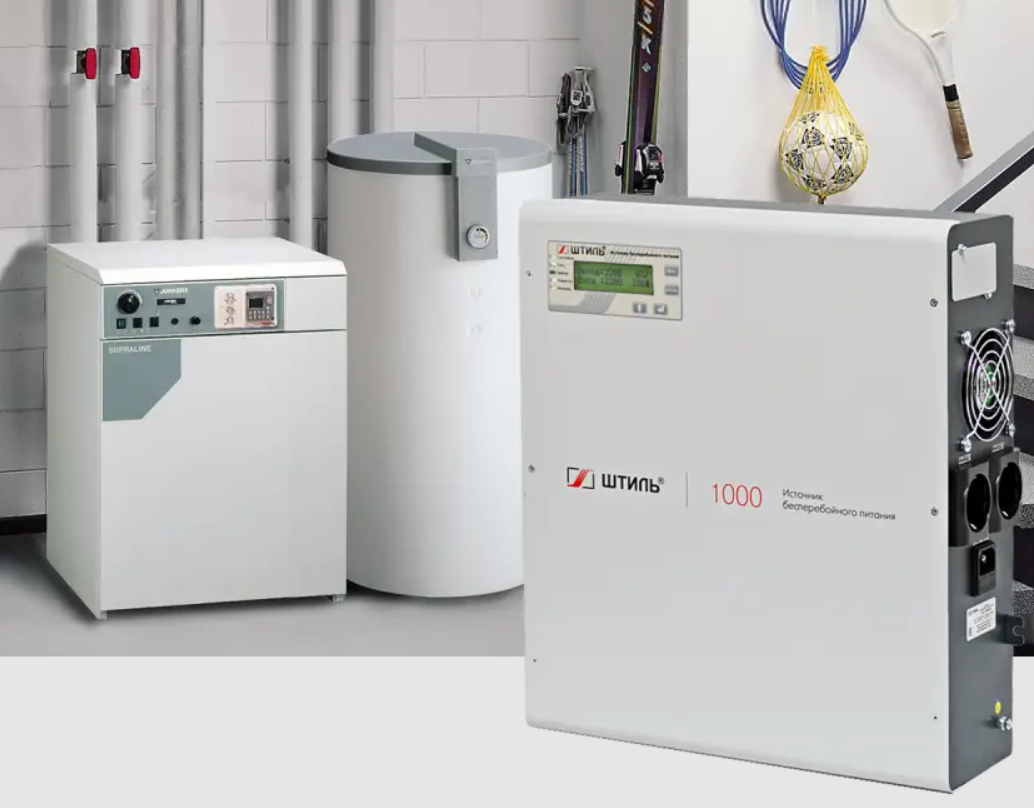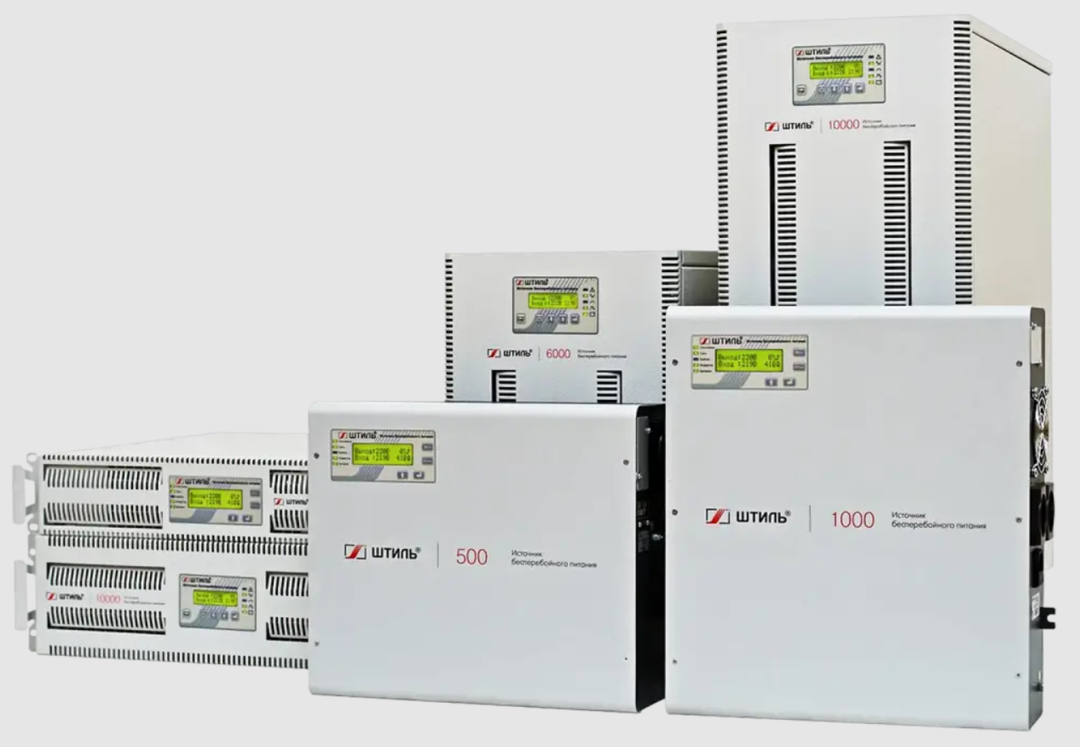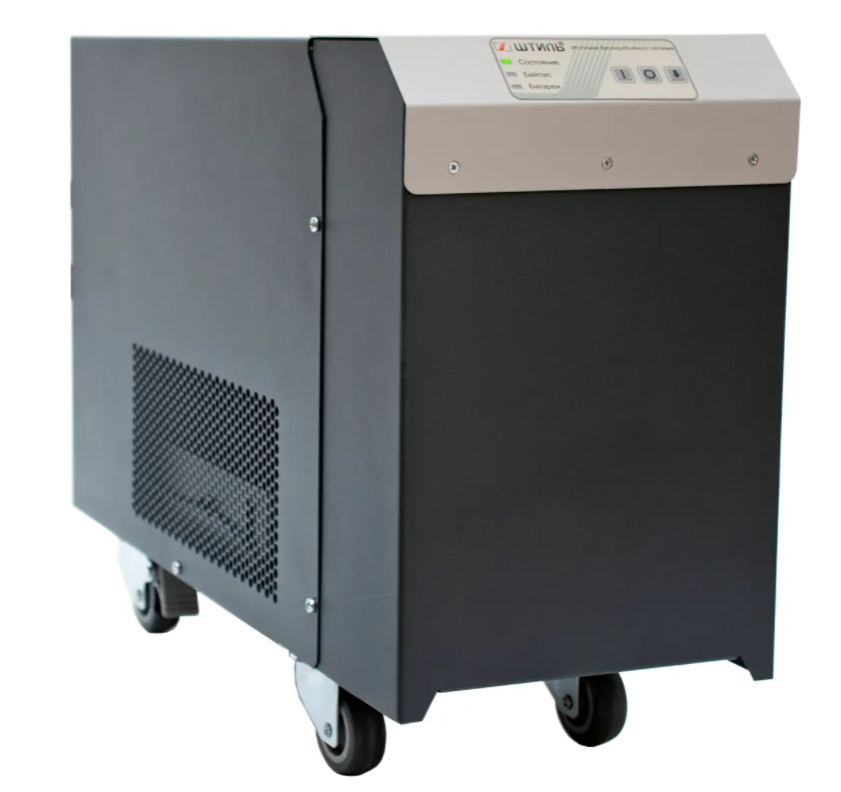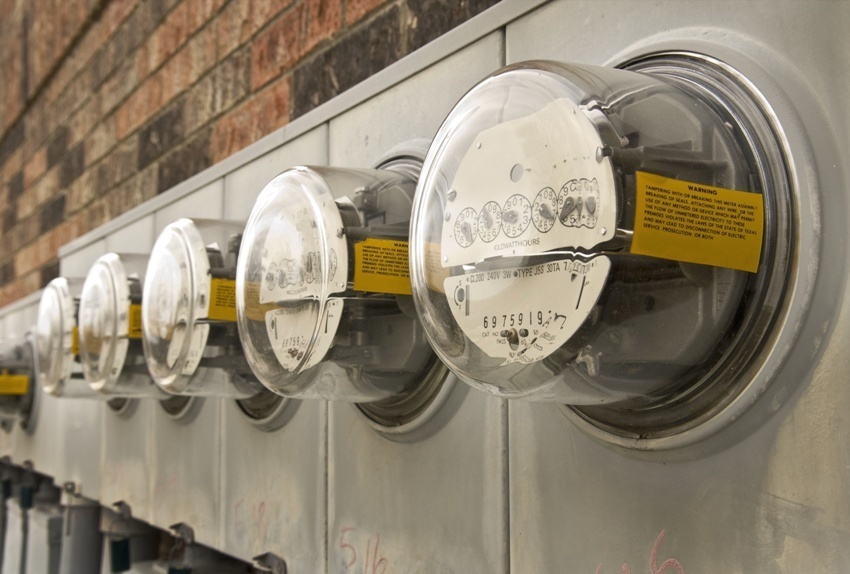Why does a circulation pump need a UPS?
The circulating pump is an important element of most modern heating, water supply and sanitation systems. Any interruption in the operation of the pump will leave the object where it is installed without heat, water or sewage, which could bring serious discomfort to the people there, and in the case of commercial real estate, also lead to material costs. Therefore, the pump must be supplied with an uninterruptible power supply.

It is also worth noting that circulation pumps are volatile devices that have a certain set of requirements for the parameters of the electricity supplying them. Domestic power grids are often not able to provide the required characteristics (especially in suburban the area and the private sector), which can lead to malfunctions in the operation of the pumps, and in some cases to their output out of service. Therefore, it is also important to provide the pump with "comfortable" operating conditions due to the highest quality power supply. Let us dwell on the problems that may arise due to insufficient quality power supply in more detail.
One of the components of the circulation pump is an electric motor, the correct operation of which is possible only when the nominal (or as close as possible to nominal) voltage with a sinusoidal shape is applied to the input. Non-sinusoidal voltage entails accelerated "aging" of the motor insulation, as well as an increase accompanying mechanical vibration - both can cause serious damage pump.
Deviations of the supply voltage from the calculated value (for household devices - 220/230 V) lead to a decrease in power pump, and hence to a decrease in the pressure in the system associated with it (up to the complete cessation of pumping liquid). In addition, prolonged exposure to undervoltage causes the internal temperature of the motor to rise, resulting in overheating of the pump and the risk of further fire.
The use of a modern uninterruptible power supply is one of the most rational ways solving the problem of providing the circulation pump with uninterrupted power supply of proper quality. However, not all UPSs are equally efficient, and some models will not do any good when working with a pump.
Which type of UPS is the most suitable for a circulation pump?
If you want buy UPS in Moscow you will be faced with a wide variety of solutions. However, to simplify the search for a suitable model will help to understand that, according to the principle of operation, all UPSs on the market are divided into only three types:
- off-line (offline UPS or backup UPS);
- line-interactive (line-interactive UPS);
- on-line (online UPS).
USEFUL INFORMATION:Have you chosen bathroom tiles? Don't forget about the grout
Offline UPSs have the most simplified scheme (in comparison with other types of UPS), which on the one hand determines their budget price, but on the other hand, leads to a significant decrease in the functionality of protecting the load from network problems. Such devices are not able to improve the quality of electricity without switching to batteries, and by switching to them, they form a non-sinusoidal signal.
Consider a hypothetical situation in which a pump designed for a 220 ± 10% V network is connected to a classic offline UPS with a minimum input voltage of 165 V and a maximum input voltage of 275 V.

In such a bundle:
- all mains distortions falling within the operating range of the "uninterruptible power supply" (165-275 V) will be transferred to the load without any correction. Accordingly, a voltage with a value outside the permissible for its limits, for example, 170 V (critical deviation for the pump is 10% of the nominal, that is, 198-242 V).
- network distortions out of the operating range of the "uninterruptible power supply" will lead to its switching to autonomous mode. On battery power, the unit will supply a non-sinusoidal voltage to the pump.
The result in both situations considered will be either the operation of the pump with a decrease in power, or a complete stop. In the worst case, the device may also fail.
Thus, the field of application of an offline UPS is limited to equipment that does not demand the quality of the input voltage, so these products are not suitable for working with a circulation pump.
Line-Interactive UPSs have a built-in voltage regulator to stabilize input deviations without switching to batteries. In addition, some UPSs of this type in stand-alone mode are capable of supplying voltage with a sinusoidal waveform.
Nevertheless, line-interactive "uninterruptible power supplies", even with a sinusoidal output, are not the best solution for ensuring the autonomy of the circulation pump.
The fact is that they, like offline models, cut off the power supply to the load at the time of switching to batteries, and even a minimal interruption in the power supply is undesirable for the pump. Additionally, it is worth mentioning that the actuation of the built-in regulator in such products leads to stepwise fluctuations in the output voltage, which again negatively affects such a sensitive load as circulating pump.
The maximum level of protection for a circulation pump (as for any other equipment) can only be provided by an online UPS.
Such devices are based on double energy conversion technology, which allows:
- receive a stable output voltage with a nominal value and a sinusoidal shape both when operating from the mains and when powering the load from batteries;
- instantly go offline, eliminating even the transient effect of network disturbance on connected equipment.
USEFUL INFORMATION:Panoramic window: in an apartment and a private house, pros and cons
The main criteria for the selection of a UPS for a circulation pump
Select a UPS for a circulation pump based on the following characteristics:
- type - the best solution would be to use an online device;
- number of phases - in accordance with the operating voltages of the mains and pump,
possible options:
- single-phase network / single-phase pump (standard household situation) - single-phase UPS;
- three-phase network / three-phase pump (typical for industry) - three-phase UPS;
- three-phase network / single-phase pump (a similar situation can arise when not one, but three supply phases are supplied to the site or house at once) - a three-phase UPS and connection of the pump to one of the output phases of the device or a single-phase UPS connected to one of the phases of the supply network, or a UPS with a 3: 1 topology (three-phase input - single phase output).
Note! Connecting any single-phase load to a separate phase of a three-phase network always carries a risk of phase imbalance, therefore, such a connection should be made only after consulting a specialist. A UPS with a 3: 1 topology provides an even load of all three input phases and thereby eliminates the risk of imbalance, however, such models are not presented in the lines of all manufacturers.
Power
The UPS power must be at least the maximum starting power of the pump. Exactly launcher, and not power in the nominal mode, which is several times less. If the starting power parameter is absent in the pump specifications, then it should be checked with the seller or manufacturer. Sometimes a soft starter that reduces starting energy consumption is connected to the pump. In this case, the choice of "uninterruptible power supply" should be carried out based on the characteristics of this device (in this case, we recommend that you seek the help of a professional consultant).
Battery life
The duration of the battery backup should cover the expected power outage at the site of the pump. When it comes to battery placement, there are two main concepts: UPS with batteries inside the case and UPS with external batteries (usually not included in the scope of delivery and purchased in addition by the user separately). It should be noted that a number of manufacturers also offer a mixed solution - UPSs with internal batteries that support the connection of additional external batteries.
USEFUL INFORMATION:Floor covering in the apartment: what is better to do?

Note! UPSs with built-in batteries are typically designed for short runtimes and are designed to withstand short power outages. Devices with external batteries, on the contrary, can function autonomously for a long time period (provided there is a sufficient number of connected batteries).
Output voltage waveform and accuracy (maximum deviation of the actual value from the required rating) - for a circulation pump only UPS with a perfect sine wave and an accuracy of ≤ 5% are suitable, both when operating and from the mains, and when operating from batteries.
Where to buy online UPS for circulation pump?
Buy UPS for circulation pump it is possible in the official online store of the leading domestic manufacturer of power supply systems - Shtil Group of Companies. There you can find high-quality online topology power supplies, designed taking into account the peculiarities of domestic power grids and meeting all the above criteria.
The Shtil brand offers a wide range of online UPSs for circulation pumps, including models of different capacities, designs and battery configurations. Uninterruptible power supplies from Shtil Group of Companies are designed for protection and uninterruptible power supply as single-phase household pumps of small and medium power, as well as powerful circulation pumps for industrial use (including three-phase).
Note that the production of all UPS "Shtil" is carried out exclusively in Russia!


